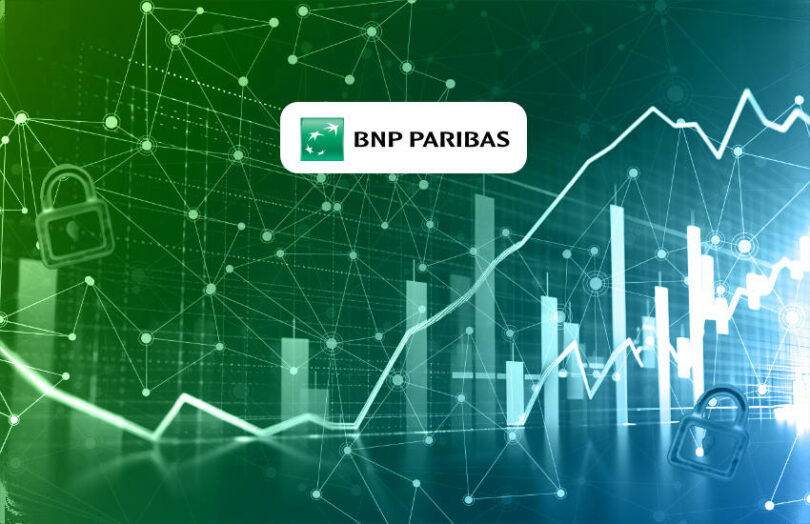In this guest post, Wayne Hughes, who is Head of Digital Assets at BNP Paribas’ Securities Services business, explores how asset servicing is evolving to support capital markets tokenization.
As the regulatory frameworks for the tokenisation of securities continue to evolve, market participants need to get to grips with the requirements of new asset classes and new ways of managing existing asset classes. Fostering real change will be a process and the industry is likely to take an incremental approach, experimenting with distributed ledger technology and digital asset processes in regulated environments to build a resilient, compliant, and sustainable digital asset space.
Much like the regulators themselves, market participants must experiment to better understand their operational, legal, and administrative aspects. Important lessons can be learned from experiments with these new technologies and asset types and from a practical perspective, understanding the information flows, asset safekeeping responsibilities, liabilities and risks will be key to better supporting the market in the future.
In order to develop seamless access to digital assets, there are several areas where the role of the asset servicer will need to change:
- New responsibilities and liabilities need to be carefully assessed: legal and compliance teams can leverage experimentation to gain expertise on the particularities of tokenised instruments and the responsibilities of each actor in the tokenised asset creation and distribution process.
- Agreement negotiation may take longer than for traditional arrangements: the negotiation of agreements with providers and partners can take a relatively long time and clearly defining the roles and responsibilities of each participant is necessary to ensure that asset safekeeping is practicable.
- Connecting the digital and traditional worlds will take a considerable amount of work: the digital and traditional asset worlds will likely coexist for an extended period, and this means that custodians must provide a bridge between both worlds.
- There are elements still lacking in the market: there are several missing components that are necessary to deliver a full end-to-end digital process to support tokenised assets. One of the greatest challenges for firms participating in these experiments is that cash is still managed off-chain. Even if a security can be settled digitally on a blockchain platform, the payment leg must be processed on existing systems.
- Public and private blockchains represent differing risks and opportunities: Public blockchain brings additional investor reach but these projects require extra assessments related to technical risks, liabilities, and responsibilities. Private blockchains must be considered in the context of the ongoing challenges of potentially maintaining connectivity to multiple platforms over time, as well as building a large enough network of participants.
- Interoperability will be central to future industry efficiency: if true efficiency is to be realised at the market level, interoperability between various blockchains is necessary. Currently, these platforms require separate connectivity to be established and different protocols and standards to be supported.
- Collaborative, incremental experimentation with distributed ledger technology and digital asset tokenisation in regulated environments will be key to build a resilient, compliant, and sustainable digital assets space.
The role of the custodian will continue to evolve as the traditional and digital asset worlds interact and change over time. The priority for the asset servicing sector will be to understand their clients’ current requirements and anticipate and be ready to support any future needs as the regulation and market structure supporting digital assets transforms.
Further information can be found in BNP Paribas’ Future Matters whitepaper which explores the current regulatory landscape for digital assets in global key markets.






